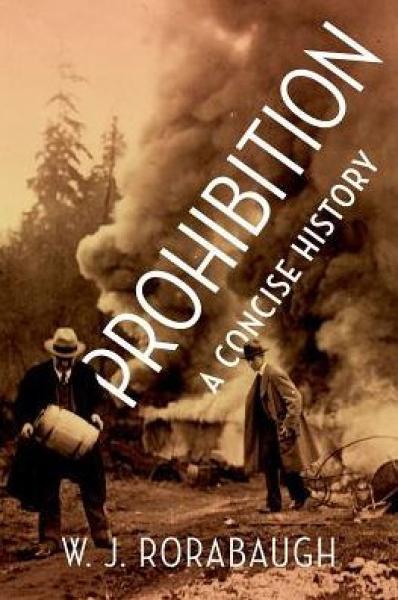Description
During the 1920s alcohol prices rose, quality declined, and consumption dropped. The black market thrived, filling the pockets of mobsters and bootleggers. Since beer was too bulky to hide and largely disappeared, drinkers sipped cocktails made with moonshine or poor-grade imported liquor. The all-male saloon gave way to the speakeasy, where together men and women drank, smoked, and danced to jazz.
After the onset of the Great Depression, support for Prohibition collapsed because of the rise in gangster violence and the need for revenue at local, state, and federal levels. As public opinion turned, Franklin Delano Roosevelt promised to repeal Prohibition in 1932. The legalization of beer came in April 1933, followed by the Twenty-first Amendment's repeal of the Eighteenth that December. State alcohol control boards soon adopted strong regulations, and their legacies continue to influence American drinking habits. Soon after, Bill Wilson and Dr. Bob Smith founded Alcoholics Anonymous (AA). The alcohol problem had shifted from being a moral issue during the nineteenth century to a social, cultural, and political one during the campaign for Prohibition, and finally, to a therapeutic one involving individuals. As drinking returned to pre-Prohibition levels, a Neo-Prohibition emerged, led by groups such as Mothers against Drunk Driving, and ultimately resulted in a higher legal drinking age and other legislative measures.
With his unparalleled expertise regarding American drinking patterns, W. J. Rorabaugh provides an accessible synthesis of one of the most important topics in US history, a topic that remains relevant today amidst rising concerns over binge-drinking and alcohol culture on college campuses.
"From 1920 to 1933 Americans were generally barred from making, transporting, or selling alcoholic beverages. While this attempt to impose prohibition did not last long, drinking habits did change dramatically. In this elegant and accessible introduction, W. J. Rorabaugh, the leading historian of American drinking patterns, explains how and why Prohibition came about, how it worked (and failed to work), and how it gave way to strict governmental regulation of alcohol"--
Prof. Rorabaugh has a firm grip on his subject, and the book is a handy reliable source of background information on the Prohibition movement. - James Hedges, The National Prohibitionist
Product Details
- Oxford University Press, Brand
- Feb 1, 2018 Pub Date:
- 0190689935 ISBN-10:
- 9780190689933 ISBN-13:
- 144 Pages
- 8.7 in * 5.6 in * 0.7 in Dimensions:
- 1 lb Weight:




